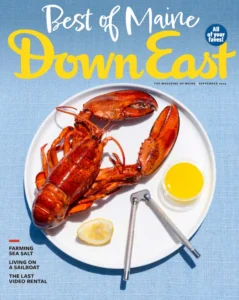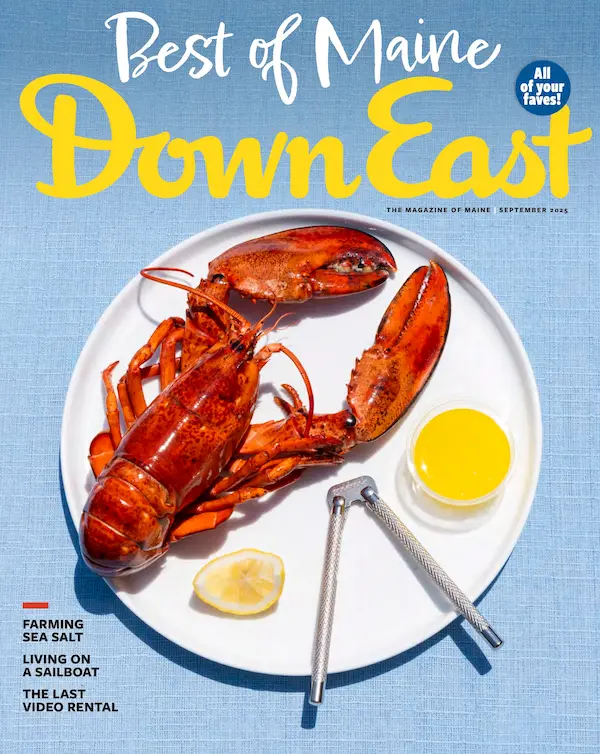By Michaela Cavallaro
Photos by Ryan David Brown
From our April 2024 Home & Garden issue
In 2017, after winning a U.S. visa lottery, Ange Muhorakeye was waiting for a departure flight at Rwanda’s Kigali International Airport when her mother gave her a bundle of sweetgrass and sisal and a message: “Do not forget our culture.” Muhorakeye, who now lives in Gorham, had learned to weave those natural materials into intricate baskets from her mother and grandmother while growing up in Burundi and Rwanda. She had not, however, made a basket in years. “I thought weaving was boring,” Muhorakeye says with a smile. As she prepared to move to the U.S. with her five-year-old daughter, acquiring weaving supplies was low on her list of priorities. “I took it to make her happy,” Muhorakeye remembers.
Now, Muhorakeye’s mother, who has since joined her in Maine, gets the last laugh, as Muhorakeye weaves constantly these days, making elaborately patterned baskets, bowls, place mats, and coasters that she sells at craft fairs, art galleries, and exhibitions across the state and online. It all started just a few months after Muhorakeye arrived in Maine and was waiting to hear back from potential employers and childcare providers. Those weaving supplies began to look like an enticing way to fill the hours. Her first piece was an agaseke, or “peace basket,” with a black zigzag on a field of white and a tall, pyramidal lid. A symbol of a plentiful harvest, peace baskets got their modern nickname in the wake of the 1994 genocide that tore the country apart.
By the time she finished the basket, she had found a job as a housekeeper in Portland, and she gifted it to a coworker. Impressed by Muhorakeye’s craftsmanship, her coworker’s mother asked for a basket too — and offered to pay. So Muhorakeye kept weaving, working in both traditional geometric motifs and the multicolored, organic designs that Rwandan basket makers have adopted in recent years. She often sketches new styles on paper before beginning the painstaking process of wrapping strong, durable strands of sisal around dry sweetgrass and carefully coiling and stitching it into bowls and baskets. Before long, she realized there was a market for her work — and that sales could help raise funds for her dream project: supporting the rural women and children she had met years earlier while working in medical research in Rwanda. “They were living impossible lives,” Muhorakeye says. On the couch in her home, she tears up. “I saw them suffering and hungry. And I started to think how I could give back.”
Today, Muhorakeye works the overnight shift at a group home for people with developmental disabilities, but she considers basketmaking a second full-time job. She hires women in Rwanda to harvest and ship sweetgrass and sisal to her, and she uses half of the profits from her basket sales to fund poverty-relief efforts. In the central city of Muhanga, she has rented out a house where women can take weaving lessons, make soap they can sell, or practice reading with a tutor. Muhorakeye is currently figuring out how to expand her business, Agaseke, and turn it into a nonprofit. (Her mother now makes baskets for the business too.) Eventually, she hopes to build a big enough market that she can import finished baskets from Rwanda, paying the women who make them much more than they receive for providing the raw materials. “If the women there can start weaving and send their baskets to the U.S. market,” she says, “that can change their life.”








